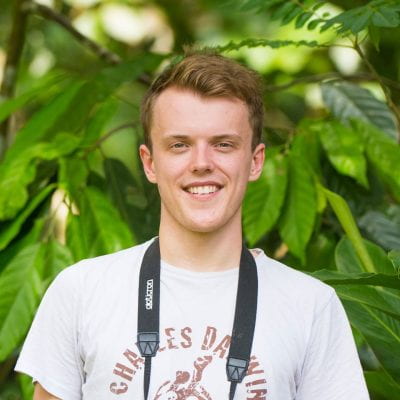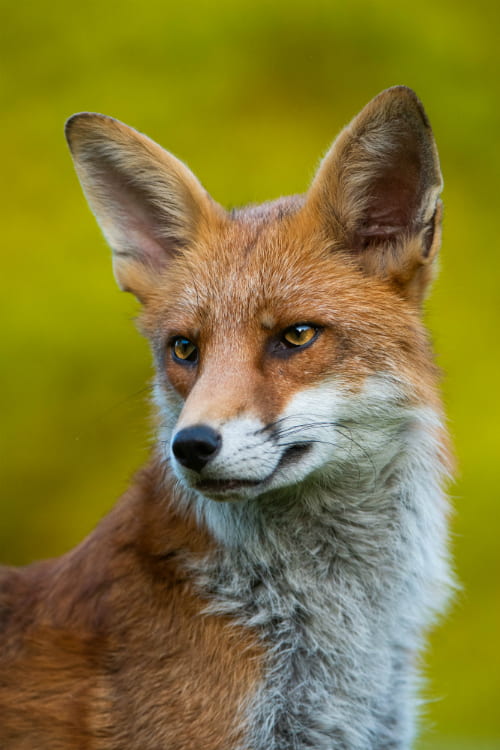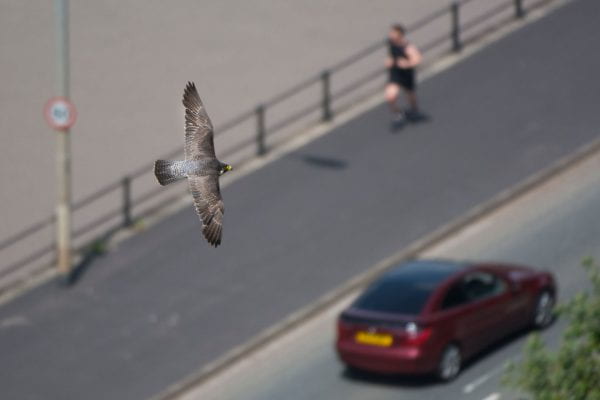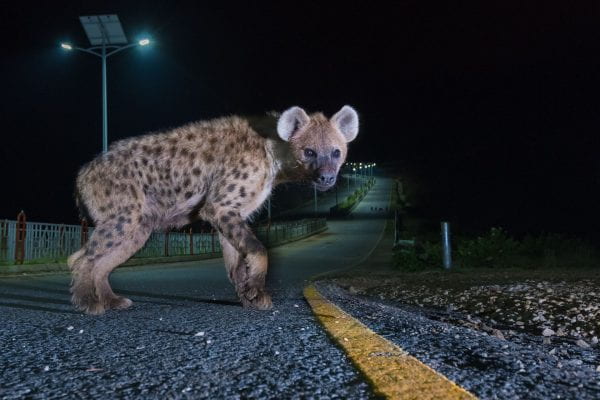For many of us, choosing what we want to be when we ‘grow up’ can be a life-long mission, but not for Bristol alumnus, Sam Rowley (Bsc Biology 2016). Since the age of ten he’s known exactly what he wants to do: travel the globe capturing some of the world’s most beautiful animals on film.
Now, Sam works for the BBC’s Natural History Unit and since graduation he’s photographed and filmed animals in countries such as Ethiopia, Madagascar and India. But his most recent achievement took place much closer to home, when Sam won the Wildlife Photographer of the Year: Lumix People’s Choice Award for his depiction of mice fighting on a London tube station platform.
We caught up with him to chat about his recent win, Bristol wildlife and top tips for aspiring photographers.
Congratulations on your recent award win! Could you tell us a bit more about how you captured the winning photo?
I was visiting my parents in London for Christmas a few years ago and looking for a story that I could cover in that week. It’s tricky to capture really unique wildlife photography in London because there are lots of photographers and not that many animals. I was contemplating different ideas when my mate, who had been out the night before, sent me a video of mice running around her feet on a tube station platform. That was when the penny dropped. I thought – how has no one done a photo story or even a film on them before?

For some people, the mice might be the only wildlife they see on a day to day basis so I wanted to capture a selection of shots that would paint them in a different light and make them more accessible. In terms of getting the shot, the biggest challenge was having to deal with all of the people on the platform. As it was Christmas, everyone was drunk other than me!
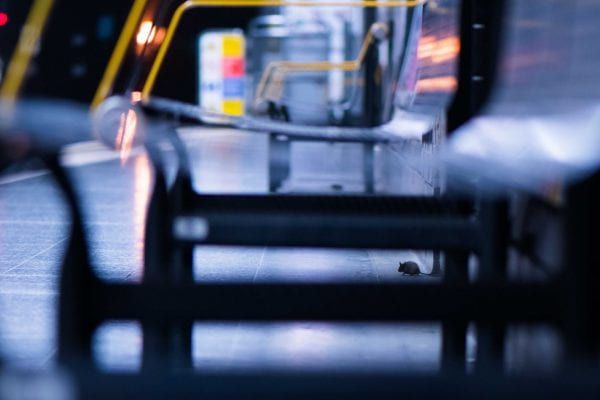
So you’re from London – what initially drew you to Bristol?
I had family and friends living in Bristol who told me what an amazing place it is and a Biological Sciences degree from the University is held in quite high esteem, so that was part of it too. Another draw was having the whole wildlife film scene in the same city. A lot of it is just around the corner from the University and that definitely helped!
Are there any great animals to photograph around Bristol?
Yes definitely! My top two are the foxes and peregrine falcons. You’ll see the foxes most evenings if you’re walking around town. The University is actually one of my favourite spots to photograph them – especially during summer when everyone goes home and they have the streets to themselves. It always baffles me how such a large mammal can live it’s life in such secrecy. They’re harmless, they’re cute, they’re intelligent – they’re just awesome animals really.
Bristol’s claim to fame is that there are multiple pairs of nesting peregrine falcons around the city. You can find them at the Avon Gorge just by the bridge. They’re the world’s fastest animal, so it’s pretty amazing to have them in the middle of the city.
What was your favourite thing you did at Bristol University?
When I was at Bristol, I set up the wildlife film society with my friend Ted, who I met on the first day of my course. He was my lab partner and it turned out he was also into wildlife filming, which was a pretty crazy coincidence!
We had lots of Bristol graduates who visited the society to talk about their careers and hearing from people who had already paved the way was quite inspirational. When I left, the society had about 100 people in it and from what I’ve heard it has even more members now. So that’s something I’m pretty proud of.
Can you give an example of one of your favourite projects that you’ve worked on?
After I graduated I worked for a 360 VR production house for a couple of years. We created a virtual reality experience about the plight of the Ethiopian wolf, which lives about 4000m up in the mountains. We were looking at how they’re impacted by rabies and the ways in which the local people are trying to combat that. By telling the story of these wolves in the most immersive way possible we wanted to make people feel like they were right there with them and in doing so get them to care about them more.
What’s been your favourite animal to capture on film?
There’s a town in Ethiopia called Harar where spotted hyenas live harmoniously with people. Because they’re so tame we could be really creative in the way we approached them. The hyenas were intelligent and charismatic but also completely and utterly terrifying. They were about twice the size of me and one of them jumped on my back at one point! We had these huge carnivores that could squash us with a single paw just completely trusting us and that made it an amazing project.
Does your job ever get scary?
I was once on a project in South Africa where we were filming lions in the middle of the night using infra-red. There wasn’t quite enough room on the Land Rover for the camera and all of my limbs, so I had to dangle my legs over the edge. We knew the lion was within 50 metres of us but because it was pitch black we couldn’t tell where exactly. Suddenly the lion roared and we realised it was about two metres away from the Land Rover. I’ve never been more frightened of anything in my life…but we got a great shot!
Apart from that, I haven’t had too many close calls yet. Although everyone says that there will be lots to come! But really, animals aren’t as dangerous as you’d think most of the time. They mainly react out of fear, so it’s a question of reading their body language, not intimidating them and trusting your judgement.
What advice would you give to other aspiring photographers and film makers?
Carving out a niche is a good idea; finding a new way to use tech can help you to tell wildlife stories in a different way. The main thing I would say is, when you can, get out there and take as many photos as possible. The best way of learning is making mistakes – and lots of them!
Head to Sam’s Instagram page to see more of his incredible work.

